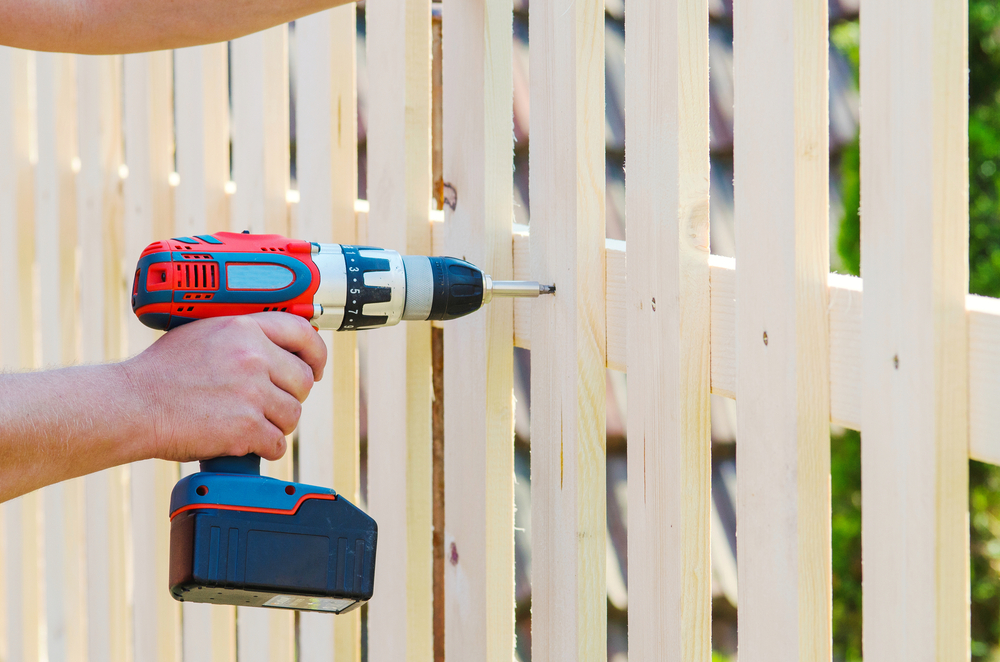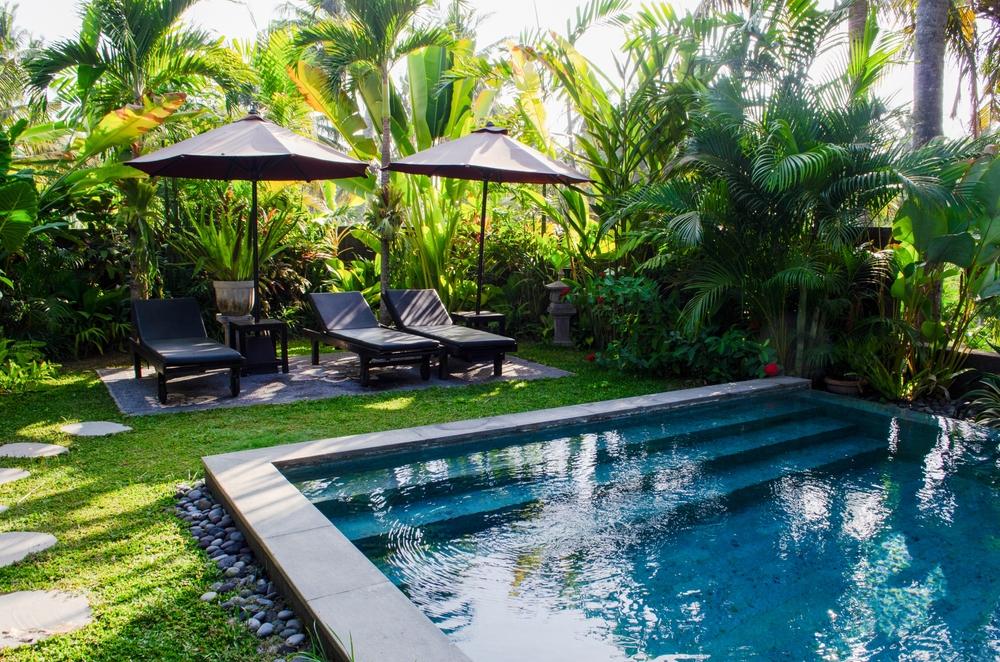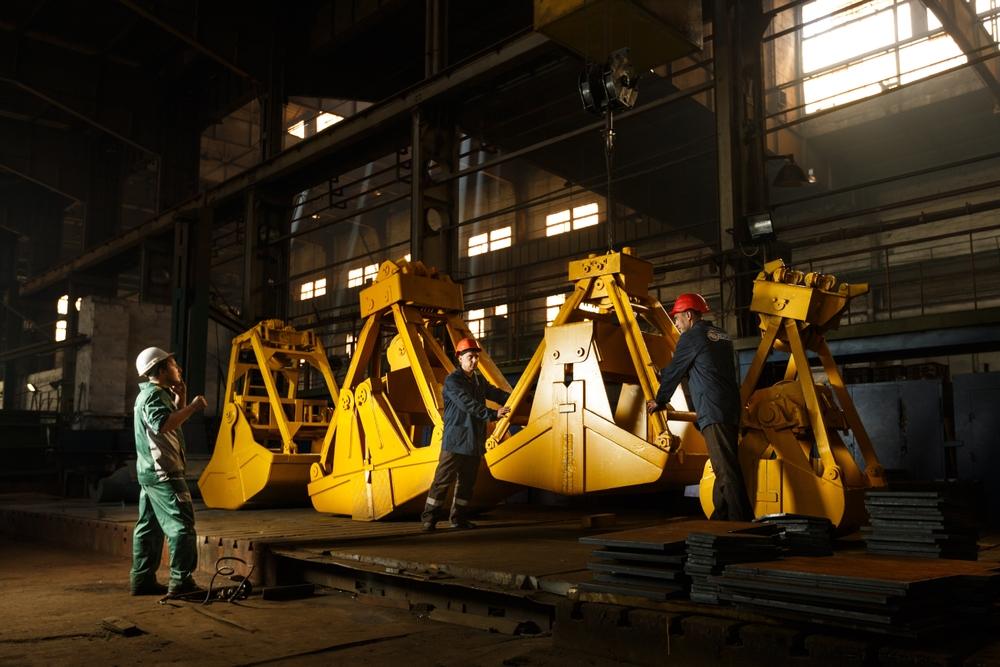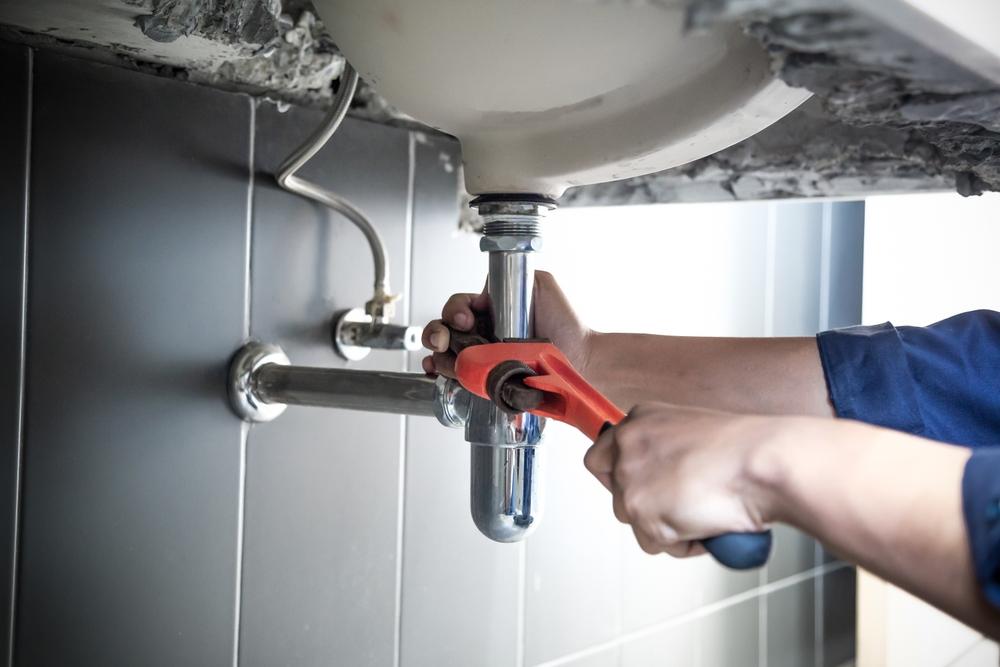Fencing Installation and Repair
Learn about different types of fences, installation steps, maintenance tips, and cost considerations to enhance your property's security and aesthetics.Fences are a versatile and practical addition to any property, serving a variety of purposes from privacy and security to aesthetics and property delineation. Whether you're planning to install a new fence or maintain an existing one, understanding the different types of fences, the installation process, and maintenance tips is essential. This guide provides valuable insights into these aspects, along with cost considerations to help you budget effectively.
Types of Fences and Their Purposes
-
Wood Fences: Known for their natural beauty, wood fences are popular for privacy and aesthetic appeal. They can be customized in various styles, such as picket, split rail, and stockade, to suit your needs.
-
Vinyl Fences: Vinyl fencing is durable and low-maintenance, offering a wide range of styles and colors. It is resistant to rot, insects, and weather, making it an excellent choice for long-lasting performance.
-
Chain Link Fences: Ideal for security and boundary marking, chain link fences are cost-effective and require minimal maintenance. They are commonly used in commercial settings and for securing large areas.
-
Aluminum Fences: Offering a decorative and elegant look, aluminum fences are lightweight, corrosion-resistant, and suitable for both residential and commercial properties.
-
Wrought Iron Fences: Known for their strength and ornate design, wrought iron fences are durable and provide excellent security. They are often used in historic and high-end properties.
-
Composite Fences: Made from a combination of wood fibers and plastic, composite fences offer the look of wood with enhanced durability and low maintenance.
Steps for Installing a Fence
-
Planning and Design: Determine the purpose of the fence, select the appropriate type, and measure the area to establish your fence layout. Check local zoning laws and obtain any necessary permits.
-
Marking the Perimeter: Use stakes and string to mark the fence line and ensure it is straight. Identify and mark the locations for the fence posts.
-
Digging Post Holes: Use a post hole digger or power auger to dig holes for the fence posts. The depth of the holes will depend on the height and type of fence being installed.
-
Setting the Posts: Place the posts in the holes, ensure they are level, and fill the holes with concrete or gravel to secure them in place.
-
Attaching Rails and Panels: Once the posts are set, attach horizontal rails to the posts using brackets or screws. Then, attach fence panels or pickets to the rails.
-
Finishing Touches: Add any decorative elements, such as post caps or lattice tops, and apply a protective finish or paint if needed.
Common Fence Repairs and Maintenance Tips
-
Inspect Regularly: Regularly inspect your fence for signs of damage, such as loose or broken boards, rust, or rot. Early detection can prevent more extensive repairs.
-
Cleaning: Keep your fence clean by removing dirt, mold, and debris. For wood fences, power washing and applying a sealant can help protect against weather damage.
-
Repairs: Replace damaged or rotting boards promptly, tighten loose screws or brackets, and treat rusted metal parts to prevent further deterioration.
-
Weather Protection: Apply paint, stain, or sealant to protect wooden fences from moisture and UV damage. For metal fences, use rust-resistant coatings.
Tools and Materials Needed
- Tools: Post hole digger, power auger, level, measuring tape, hammer, drill, saw, and power washer.
- Materials: Fence panels or pickets, fence posts, concrete or gravel, nails or screws, brackets, and protective finishes (paint, stain, sealant).
Cost Considerations and Budgeting
The cost of installing a fence can vary based on several factors, including the type of fence, the size of the area, labor costs, and any additional features or customization. Here are some general cost considerations:
-
Material Costs: Different materials have different price ranges. For example, wood fences typically cost $15-$30 per linear foot, while vinyl fences can range from $20-$40 per linear foot.
-
Labor Costs: Professional installation can add to the overall cost. Expect to pay $30-$60 per hour for labor, depending on the complexity of the installation.
-
Additional Features: Decorative elements, gates, and custom designs can increase the overall cost of your fencing project.
-
Maintenance Costs: Factor in ongoing maintenance costs, such as paint or sealant, to keep your fence in optimal condition.
By considering these factors and planning accordingly, you can budget effectively for your fencing project and ensure a successful installation and maintenance process.











